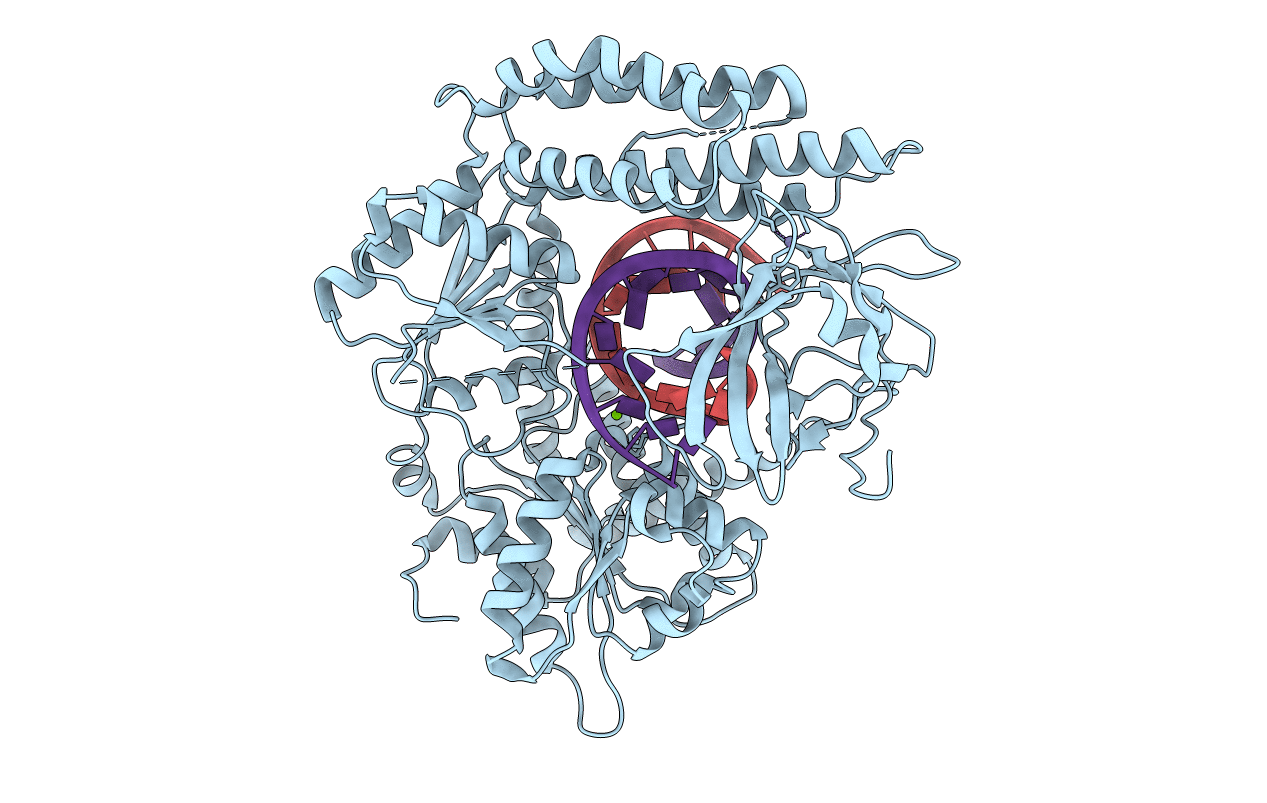
Deposition Date
2018-06-05
Release Date
2018-08-08
Last Version Date
2024-05-15
Entry Detail
PDB ID:
6GPG
Keywords:
Title:
Structure of the RIG-I Singleton-Merten syndrome variant C268F
Biological Source:
Source Organism:
Homo sapiens (Taxon ID: 9606)
synthetic construct (Taxon ID: 32630)
synthetic construct (Taxon ID: 32630)
Host Organism:
Method Details:
Experimental Method:
Resolution:
2.89 Å
R-Value Free:
0.25
R-Value Work:
0.20
R-Value Observed:
0.21
Space Group:
P 65 2 2


